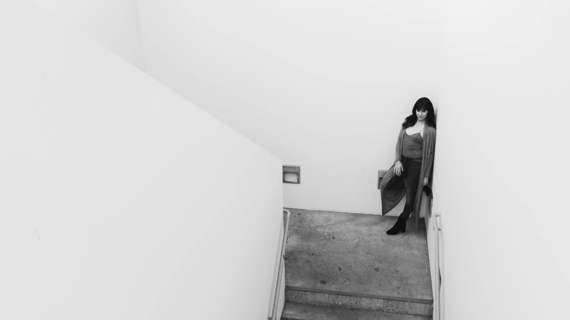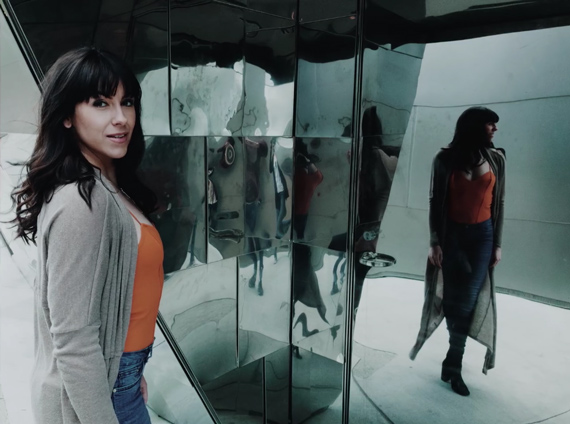Smartphones have dramatically increased the reach of photography. With every new generation of smartphone, the cameras get better and better. And you know what they say. The best camera is the one that is with you. Today, almost everyone has a smartphone and, by extension, a camera. Photographer Jay P. Morgan takes you through some basic design principles to take better smartphone photos:
Morgan uses a free app called VSCO on his iPhone. The app allows the user to take more control over camera settings.
1. Leading Lines
Leading lines help in directing the viewers’ eyes toward the subject. They can either be actual lines, a fence, road, or just about anything. Look around for leading lines and place your subject along the line for a more impactful photo.
2. Rule of Thirds
Beginner photographers make a common mistake of placing the subject right in the middle of the frame. Instead, try to place them slightly to the right or the left. Combine this technique with the leading lines for an even more interesting image. In your smartphone camera app, you can enable a grid with the rule of thirds guide. Place your subject on the right or left line or at the intersecting points of the lines for an effective composition.
3. Natural Light
Photos turn out better when the sun is low on the horizon during the morning and evening hours. During these times, the light is soft and creates very soft shadows. This doesn’t necessarily mean that you cannot take photos during the day. Look for areas with shade or for light reflected off of buildings to get softer light. Make sure that the subject is turned toward the light, otherwise, you’ll end up getting a dark image.
4. Negative Space
Negative space is important in photography, as it puts the emphasis on the subject. By placing your subject against a large empty space, you isolate your subject and make them stronger.
5. Frame in a Frame
Look for natural or artificial structures that can act as a frame for your frame. Frames direct the viewer to what you want them to see.
6. Color Contrast
Compose your shot so the subject stands out from the background. This works especially well if the subject wears bright, punchy colored clothes and stands against a plain background. Look around for colors that contrast with your subject’s clothing.
7. Texture
Textures and patterns increase an image’s interest by adding more contrast to the subject matter. When used correctly, textures can increase depth and help the subject stand out from the background. Keep your eyes out for interesting textures and use them creatively.
“You can combine many of these principles to make a great image but our goal is to make simple images, not complicated images. So combine simple principles to give us a beautiful, strong image.”
Like This Article?
Don't Miss The Next One!
Join over 100,000 photographers of all experience levels who receive our free photography tips and articles to stay current:













Leave a Reply